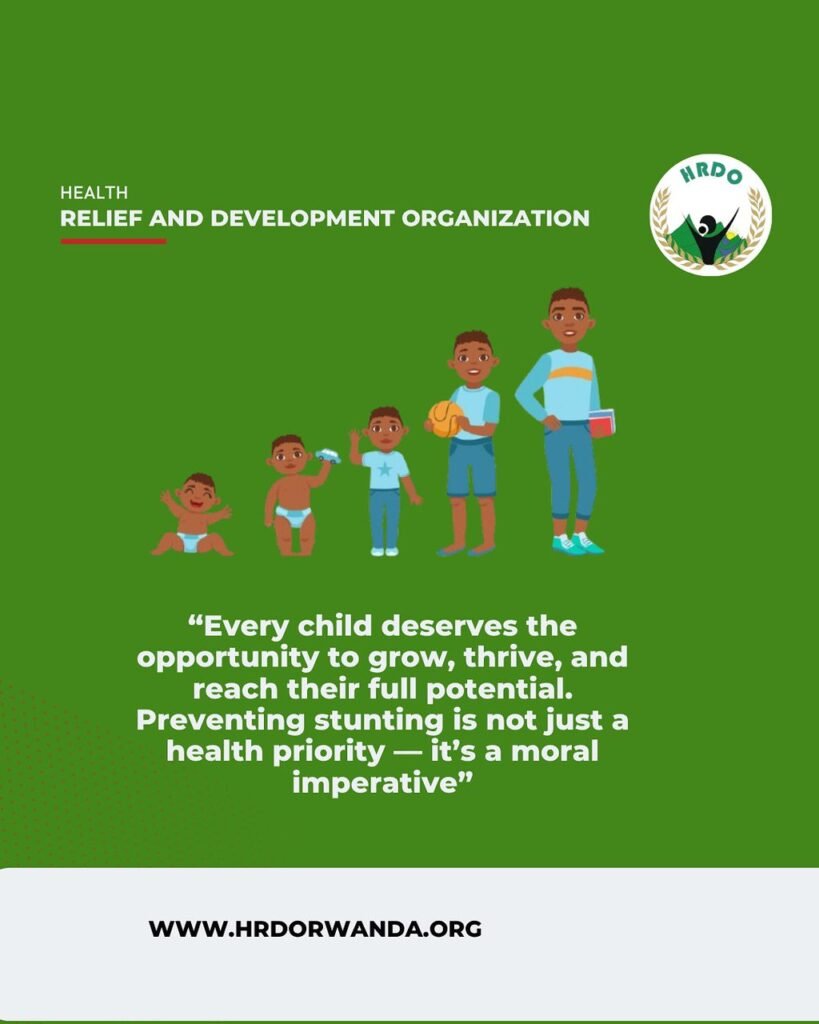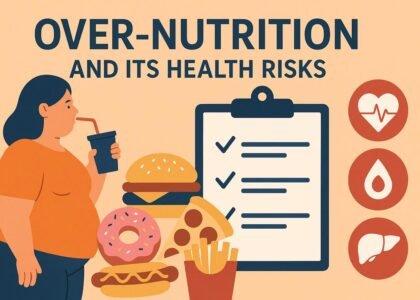
What Is Stunting?
Stunting is a form of chronic undernutrition that occurs during the most critical periods of growth and development in early childhood. It is defined as low height-for-age and is an indicator of long-term nutritional deprivation. A child is considered stunted if their height is more than two standard deviations below the WHO Child Growth Standards median.
This condition doesn’t just affect physical growth — it also has lasting consequences on cognitive development, immunity, school performance, and future economic productivity. Stunting is most common in low- and middle-income countries, but its impacts are felt globally.
Why Is Stunting a Problem?
Stunting is not simply about being shorter than average. Its implications are far more serious:
- Reduced brain development leading to poor cognitive and learning abilities.
- Weakened immune systems, increasing the risk of infections and diseases.
- Higher risk of chronic illnesses such as diabetes and cardiovascular disease later in life.
- Lower productivity and earning potential in adulthood.
- Intergenerational effects, as stunted girls are more likely to give birth to stunted children.
Stunting typically starts in the womb and becomes evident in the first 1,000 days of life — from conception to a child’s second birthday — a period considered critical for interventions.
Causes of Stunting
Stunting is multifactorial, often the result of a combination of several interrelated factors:
- Poor maternal nutrition before and during pregnancy
- Inadequate infant and young child feeding practices
- Frequent infections, especially diarrheal diseases and respiratory infections
- Poor sanitation and unsafe drinking water
- Poverty and food insecurity
- Lack of access to healthcare and education
Preventive Measures Against Stunting
Preventing stunting requires a comprehensive, multisectoral approach. Here are some of the most effective measures:
1. Improve Maternal Nutrition
- Promote healthy diets for adolescent girls and women of reproductive age.
- Provide iron, folic acid, and other essential micronutrient supplements during pregnancy.
- Ensure antenatal care includes nutrition education and screening for malnutrition.
2. Promote Exclusive Breastfeeding
- Encourage exclusive breastfeeding for the first six months of life.
- Educate mothers and caregivers about the benefits of breast milk, which provides essential nutrients and antibodies.
3. Appropriate Complementary Feeding
- Introduce safe, nutritious, and age-appropriate complementary foods after six months.
- Promote responsive feeding and continued breastfeeding up to two years or beyond.
4. Prevent and Manage Childhood Illnesses
- Ensure full immunization and access to primary healthcare.
- Promote handwashing, hygiene, and sanitation to prevent infections.
- Treat illnesses like diarrhea and pneumonia promptly.
5. Access to Clean Water and Sanitation
- Improve access to safe drinking water.
- Promote household water treatment and safe storage.
- Build proper sanitation facilities and promote hygienic practices.
6. Nutrition Education and Community Awareness
- Conduct community outreach to raise awareness about child nutrition, hygiene, and early stimulation.
- Train community health workers and volunteers to identify and support at-risk children.
7. Address Poverty and Food Insecurity
- Support income-generating programs for families.
- Promote social protection schemes, such as food assistance and cash transfers, for vulnerable households.
Bottom line
Stunting is both a symptom of poverty and a cause of continued poverty. Breaking this cycle requires collective action — from governments, NGOs, communities, and individuals. By investing in the health and nutrition of mothers and young children, we can ensure a healthier, more productive future for the next generation.
Every child deserves the opportunity to grow, thrive, and reach their full potential. Preventing stunting is not just a health priority — it’s a moral imperative.





